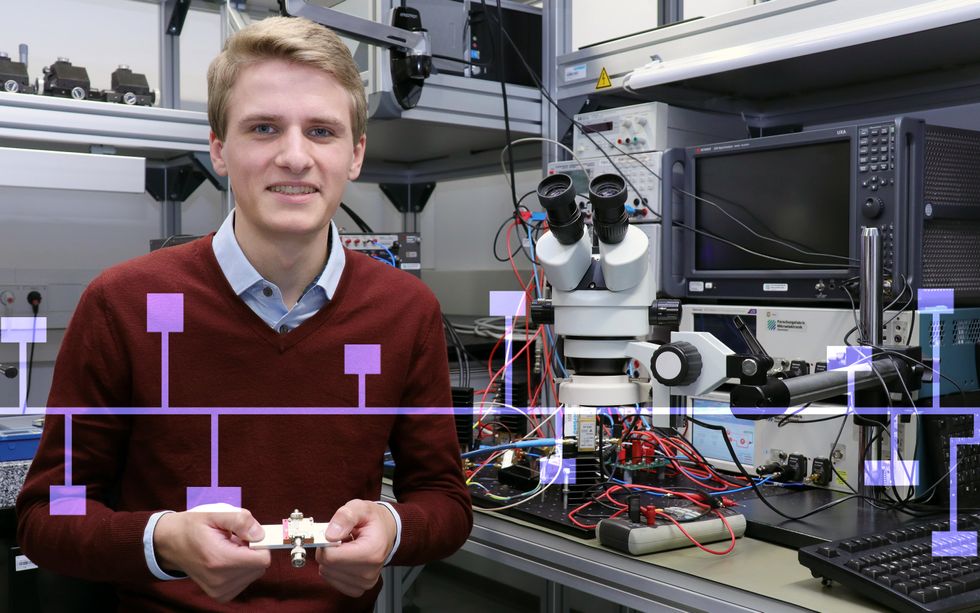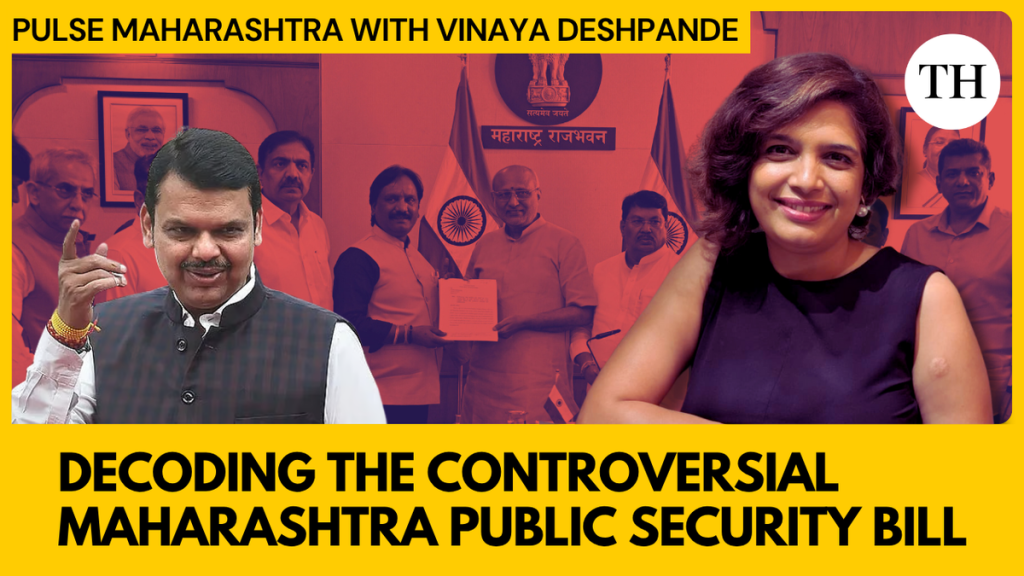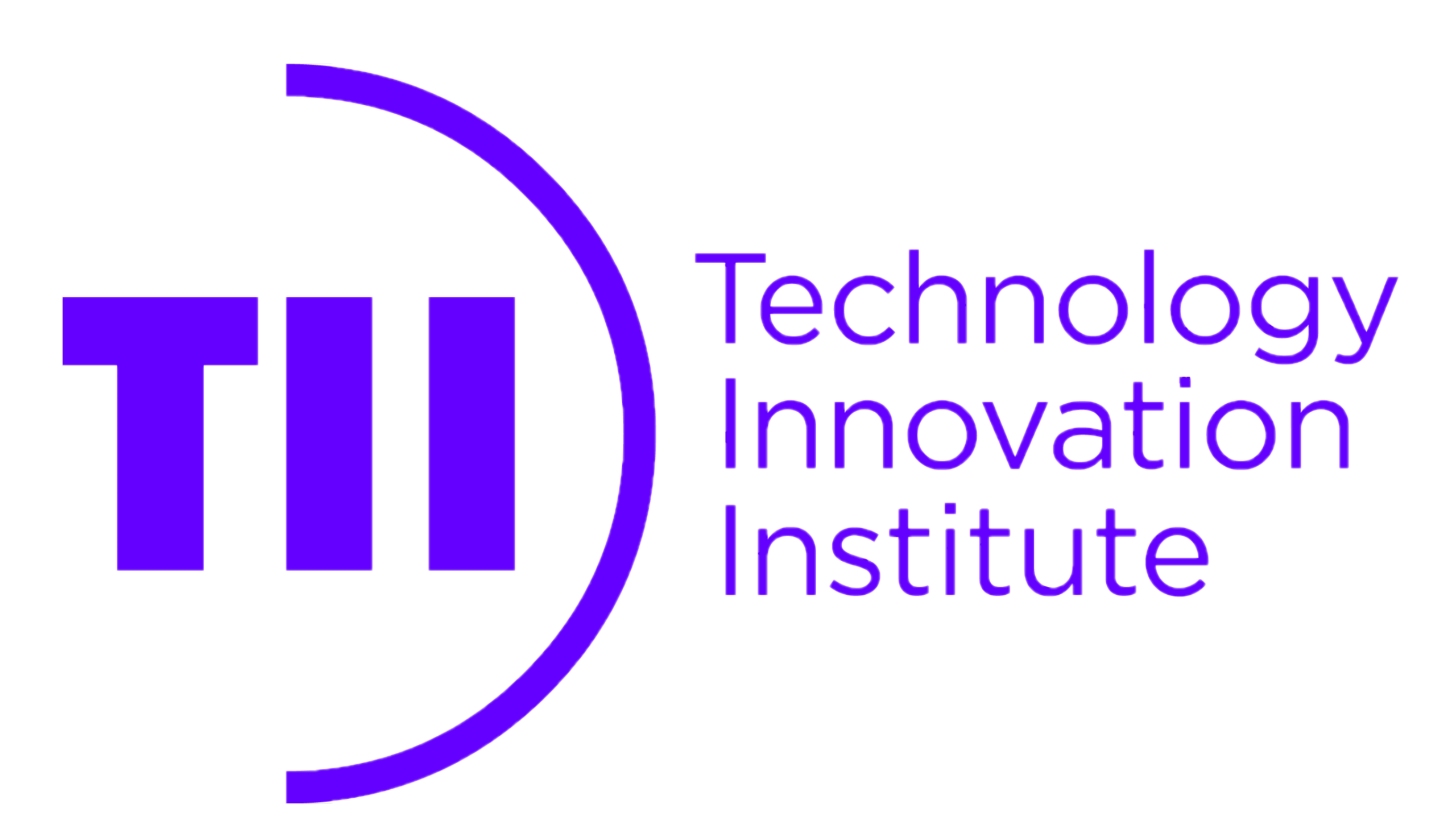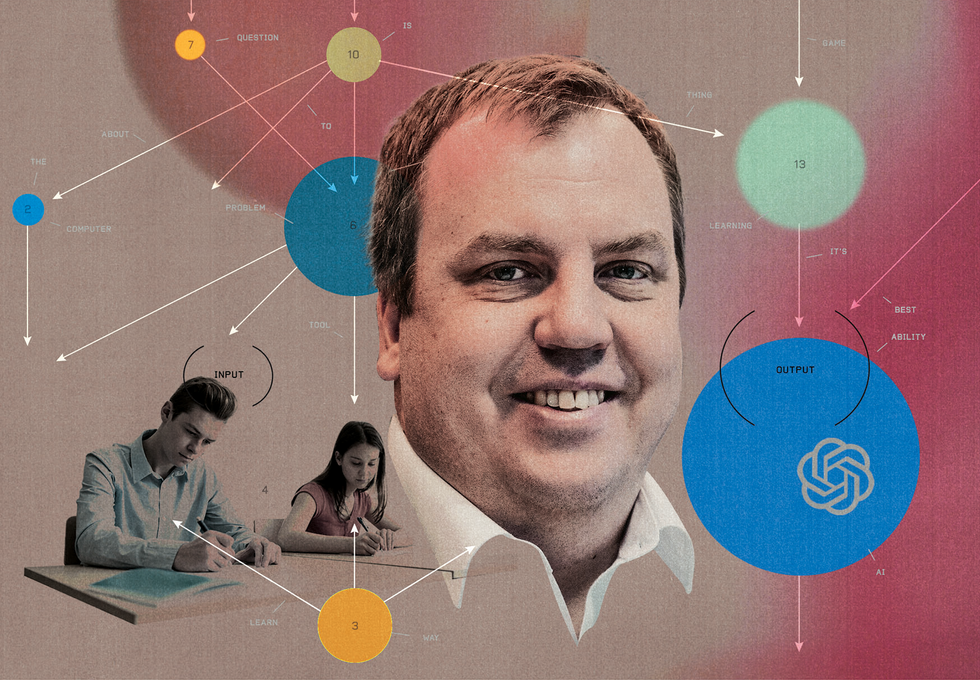Now Reading: IEEE Presidents’ Scholarship: Transforming Student Futures
-
01
IEEE Presidents’ Scholarship: Transforming Student Futures
IEEE Presidents’ Scholarship: Transforming Student Futures

Quick Summary
- IEEE Presidents’ Scholarship: A US $10,000 award given every year to one exceptional high school student at the Regeneron International Science and Engineering Fair (ISEF), marking its 25th anniversary last year.
- Beneficiaries:
– Elena Glassman (2004): Developed a Brain-Computer Interface predicting arm movements; currently an assistant professor at Harvard in human-computer interaction.
– Adam Sidman (2005): Created a servo-based camera stabilization device widely used by filmmakers; graduated from Harvard and later established himself as a film producer.
– Rahul Kumar Pandey (2007): Built microwave metamaterial lenses for electromagnetic wave transmission. He is now the entrepreneur behind Taro, helping software engineers with career advancement.
– Harikrishna Rallapalli (2008): Designed low-cost fluorescence microscopy for educational purposes, now researching gene expression techniques in biomedical fields.
– Jessica Richeri (2011): invented an autonomous robotic vehicle to prevent accidents; works at Fluke designing SCADA systems for factories.
– George Morgan (2014): Focused on accessible embedded software development tools; recognized among Forbes’ “30 Under 30” for AI innovation.- Alex Tacescu (2015): Created Mavdrive, advancing robotics engineering as part of SpaceX missions before joining Inversion Space to develop re-entry vehicles.
– Kerem Bayhan (2021): Designed a system preventing underride car crashes and shifted focus from engineering to medicine in Türkiye.
– Recent winners include technology innovators impacting areas like ocean safety through UAVs,sustainable weather systems using radiosondes,and early detection devices in healthcare.
For further details on each recipient’s project and their impact: Read More.
Indian Opinion analysis
The IEEE Presidents’ Scholarship illustrates the powerful role global platforms play in fostering young scientific mindsets across diverse fields like AI development, robotics research, biomedical imaging techniques, and STEM education promotion worldwide. Even though not directly related to India currently via representation or participation highlights within this specific article’s context here subject richly demonstrates pathways future interdisciplinary opportunities await regions encouraging similar talent inclusion science students globally STEM competitive recognitions partnerships via potentially through events modeled encouraging stronger local ecosystem growth nurturing scientific aspirations specialists strengthening measured outputs strategic outputs overall ahead























